The Isle of Arran is often described as ‘Scotland in miniature’. This is thanks to the fact that the island seems to mirror the geographic division between the Lowlands and Highlands of mainland Scotland. Arran’s north is rugged and mountainous with a harsher climate; the south softer, more temperate and hospitable. No surprise then that the majority of Arran’s 4,600 inhabitants live in the southern half of the island.


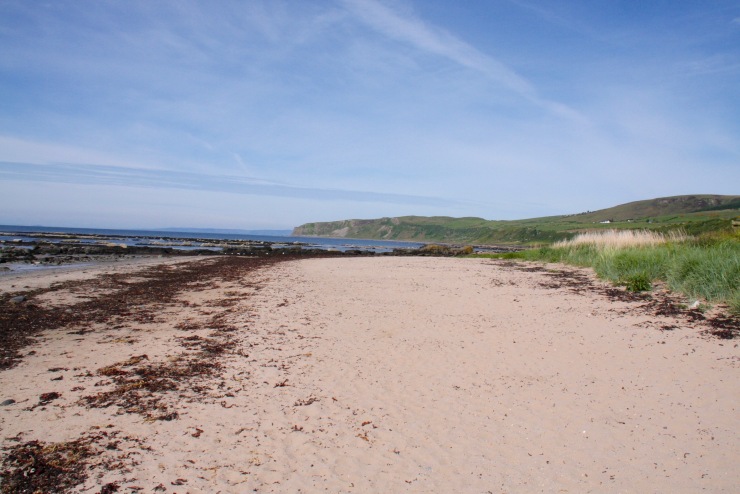
We woke early in the village of Kildonan and went for a reviving stroll along the beach. The early morning light illuminated the beautiful views over the Firth of Clyde to two small islands off the coast, Pladda and Ailsa Craig. We spotted a couple of seals in the shallows, and there was a lot of birdlife. After a leisurely breakfast we took to the road again and slowly made our way towards Brodick.
Although not Arran’s largest village, and certainly not its most attractive, Brodick seems to be the island’s de facto capital. It has the ferry terminal that connects to the mainland, has the island’s only tourist information office and is home to the beautiful Brodick Castle. Impressive credentials but, much more importantly, Brodick has a fish and chip shop – the true mark of a capital ‘city’.

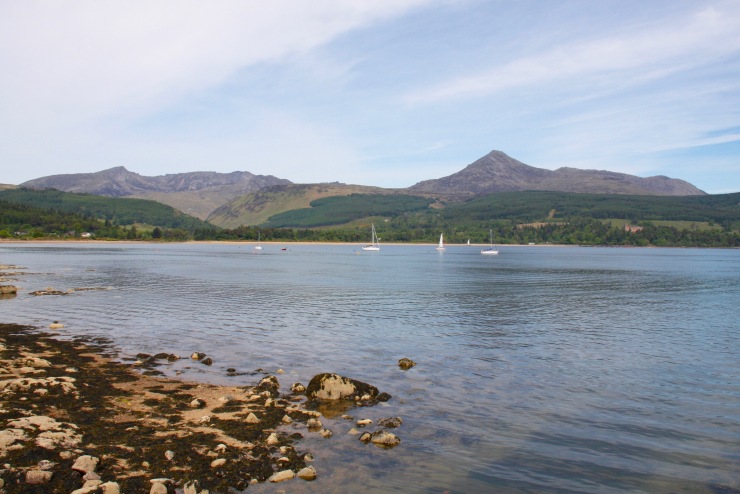


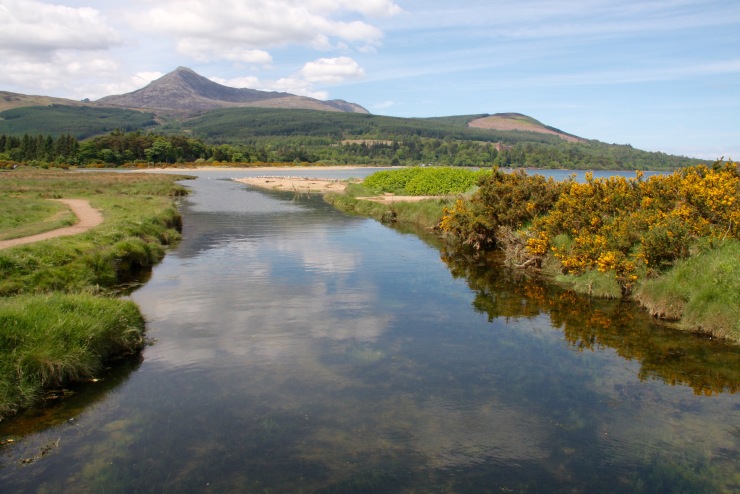
We found a B&B and went for a walk around the wide arc of Brodick Bay to visit the castle. The blue waters and sandy beach are impressively framed by the mountains of the interior – most notably Goatfell, Arran’s highest peak at 874m (2868ft). Owned by the National Trust for Scotland, Brodick Castle was the ancestral seat of the Dukes of Hamilton, the most senior peerage in Scotland after the Dukedom of Rothesay – which is owned by Prince Charles, the Queen’s eldest son.
The current building dates from 1844, but there has been a castle on this strategically important spot since the early 13th century. The castle is currently being refurbished, earmarked to reopen in 2018, but the gardens are worth a visit in their own right. We had a wander around and then made our way back along the coast to the village. On a whim we decided to drive the route across the centre of the island, on a road known as The String which offers beautiful views.
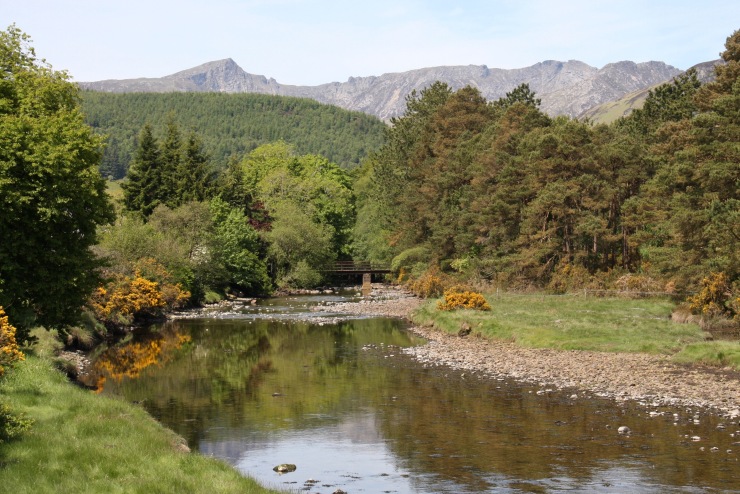

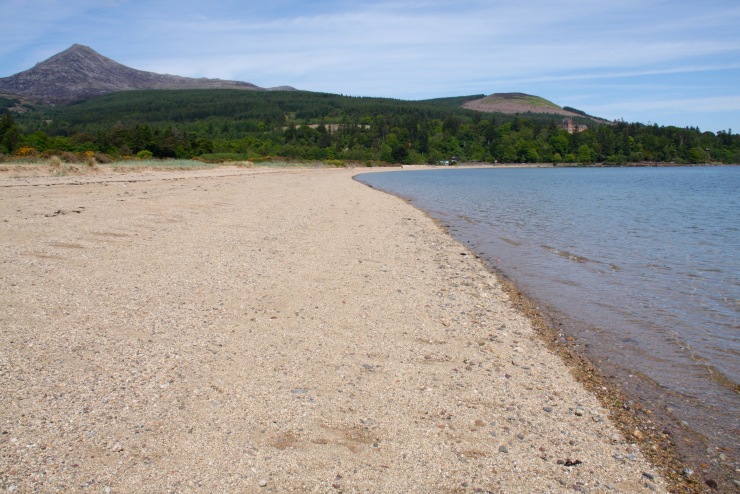

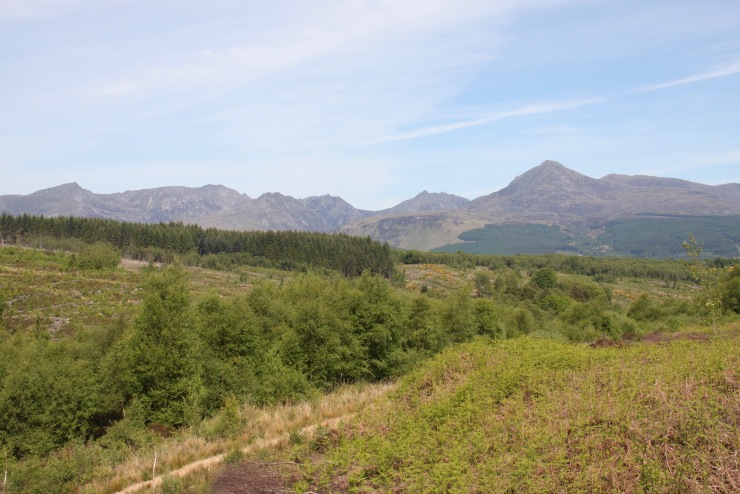
The next day we dragged ourselves out of bed early for breakfast and the ferry linking Brodick with Ardrossan Harbour on the mainland. The weather can change in the blink of an eye in this part of the world, and the contrast between the sun and blue skies we’d been enjoying for the last few days couldn’t have been more stark. As we set off past ships moored in the harbour, it was raining hard. The world seemed drained of of light and colour.
Finally, true Scottish weather…
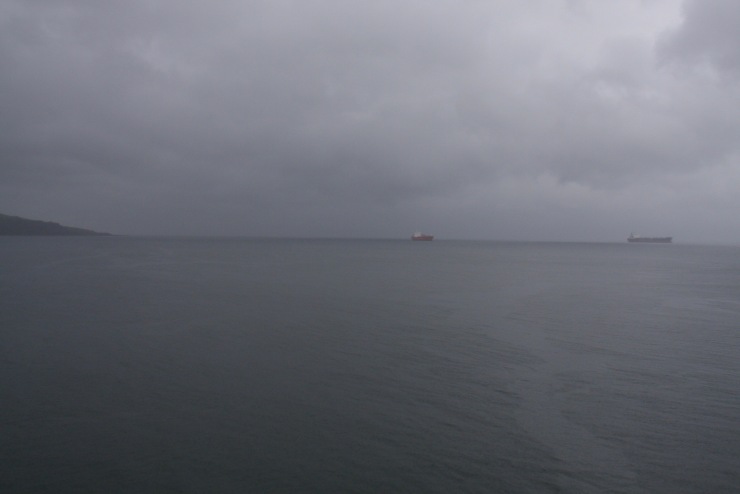
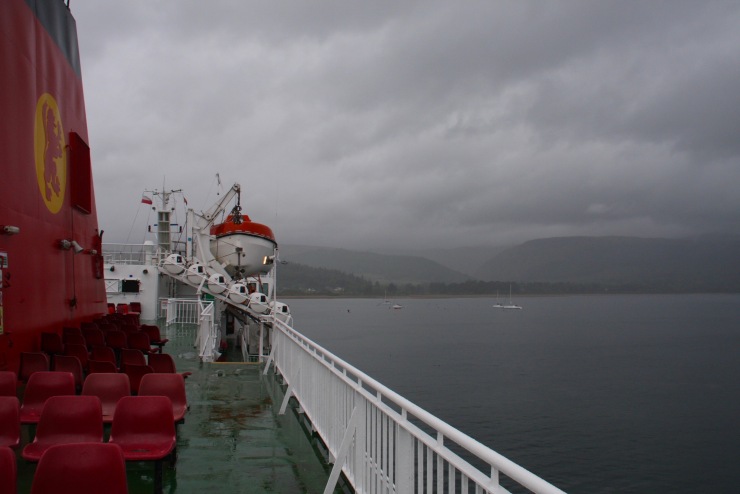
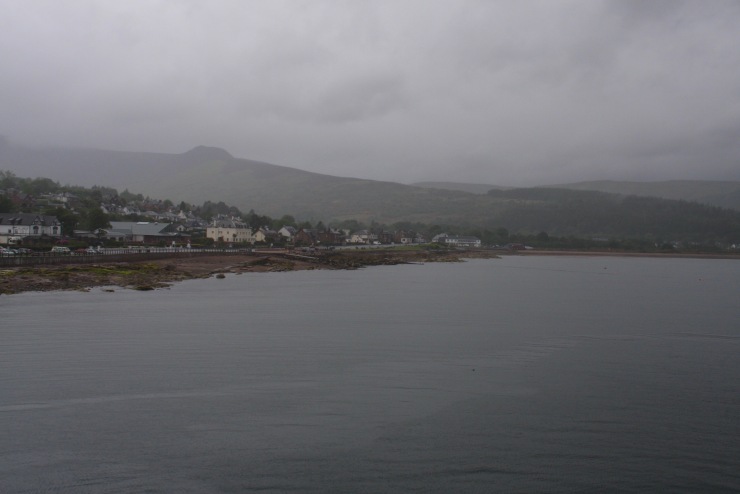

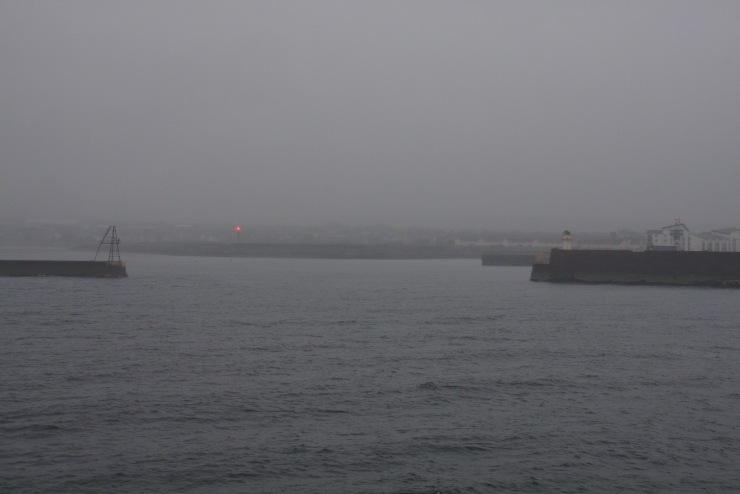

I have been up that small mountain in the middle